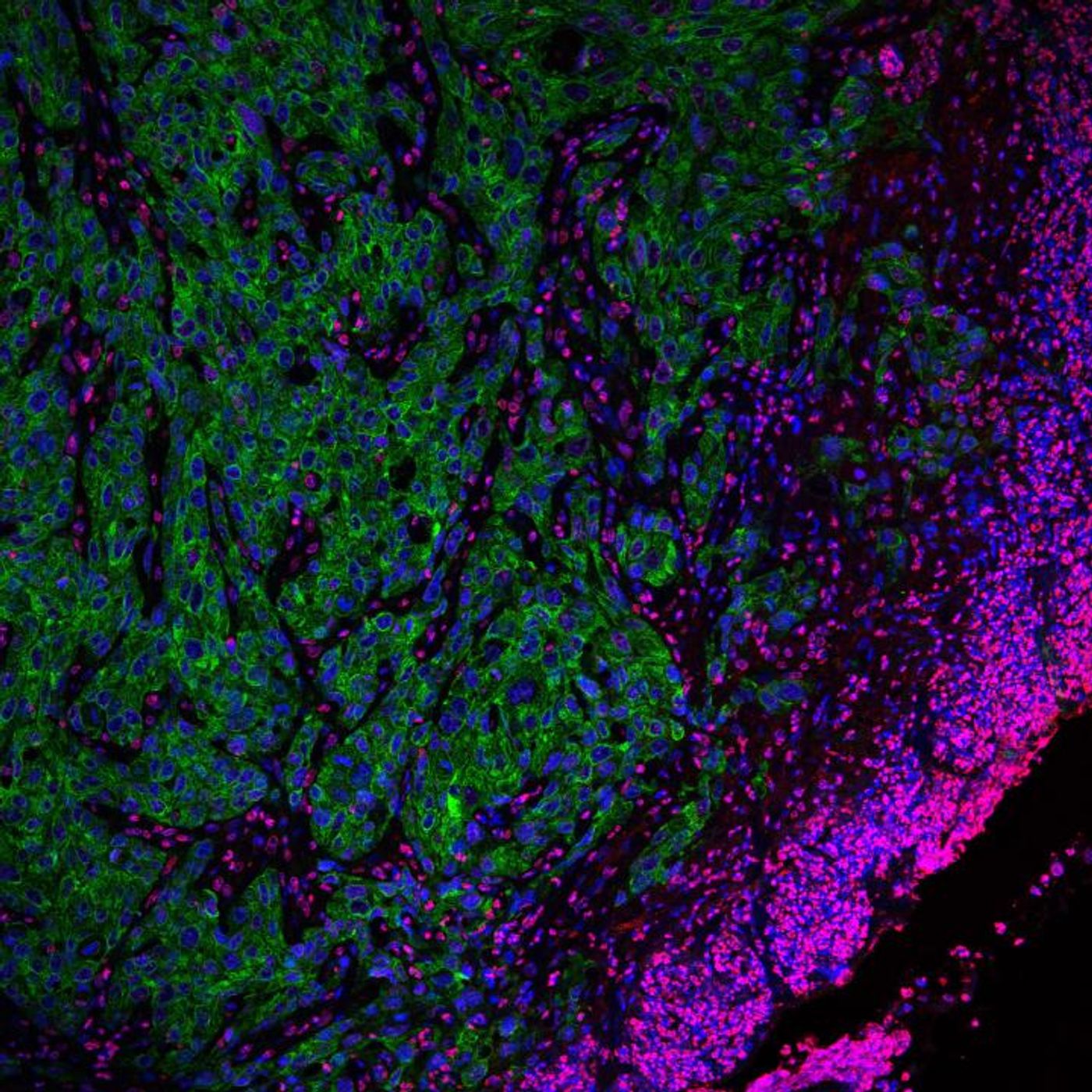A Warning About Using Epigenetic Modifiers as Therapeutic Targets
Organisms are built from a genome, but that genome is more than just a collection of genes. The proper expression of those genes is an essential part of a healthy life, and the genome also contains many features that can help control gene expression. The structure of the genome and its shape at any given time can influence gene expression, as can epigenetic tags - a variety of different markers that can be added to genes by complexes called epigenetic modifiers. Researchers have found that in cancer samples, mutations are often found in epigenetic modifiers.
The acquisition of genetic mutations is a natural part of life. The human body has to generate billions of new cells every day to replace ones that are old or dysfunctional. Every time a cell divides to make two new ones, the genome in its nucleus has to be copied. Between all that copying, plus environmental influences like pollutants or UV rays, we can accumulate plenty of errors in our genome. Those genetic errors can lead to cancer, which becomes more likely to develop as more mutations appear in a cell. But some regions acquire mutations at a faster rate than others.
Since many cancer cells are known to carry epigenetic mutations, epigenetic modifiers have become a therapeutic target. Scientists at the Institute for Research in Biomedicine (IRB Barcelona) wanted to know more about why mutations accumulate in certain areas, and what the potential consequences of targeting epigenetic modifiers are.
The research, which was reported in Nature Cell Biology, indicated that chromatin, a structure formed by DNA and modifying proteins that help package it, has a major influence on how mutations are collected in certain areas. When chromatin is more 'open,' major genetic disruption is more likely. And when the researchers inhibited an epigenetic modifier called G9a, they found that chromatin accessibility, or openness, increased substantially.
Because the G9a is sometimes inhibited as a therapy, the researchers warn that this may actually be increasing the level of instability in the genome, increasing the likelihood that mutations will happen, and resulting in the growth of aggressive cancer.
Targeting epigenetic factors can have a positive effect; when used, the researchers saw that cancer cells will stop growing. "This finding would make you think that epigenetic factors are good therapeutic targets. But the genomic instability that occurred also brought about the appearance of mutated tumor cells, which eventually developed highly aggressive tumors,” explained first and co-corresponding author Alexandra Avgustinova, a postdoctoral fellow at IRB Barcelona.
Learn more about how epigenetic modifications are a factor in cancer from the talk above with Tony Kouzarides, Gurdon Institute, UK.
Therapies that inhibit G9a should be used with caution, the researchers warn. It may provide an immediate benefit initially, but over time, may lead to a far worse tumor.
"We are not saying that this is going to happen in every case, but it is something that needs to be studied in greater depth before deciding whether drugs targeting epigenetic factors should be used in clinical practice or not," said Salvador Aznar Benitah, head of the Stem Cell and Cancer Laboratory at IRB Barcelona.
This work was the product of a collaboration that merged biomedical and computational tools. "These kinds of collaboration are increasingly necessary in order study the tumor genome, the causes of tumor mutations, and the development of new potential anti-cancer treatments," says Fran Supek, head of the Genome Data Science Laboratory at IRB Barcelona.’’
Sources: AAAS/Eurekalert! Via IRB Barcelona, Current Medicinal Chemistry, Carcinogenics, Nature Cell Biology









